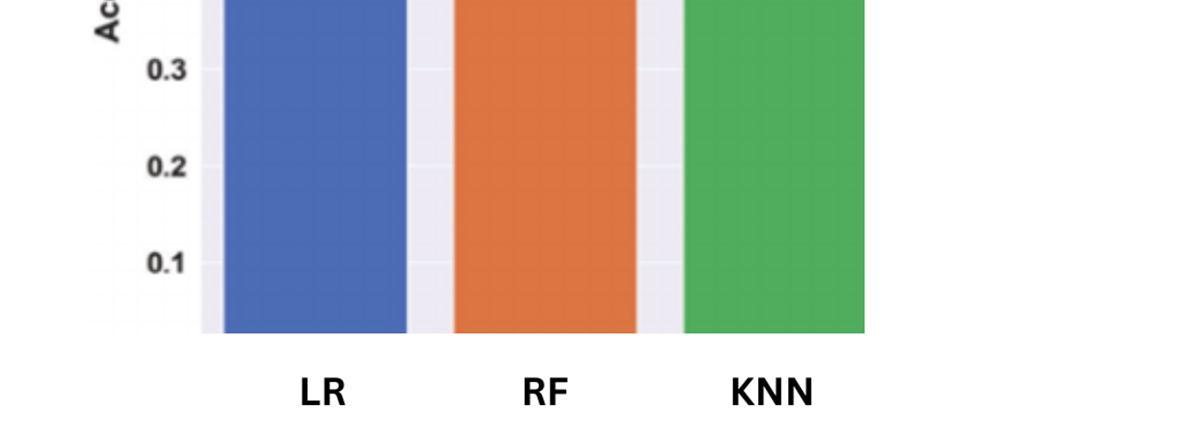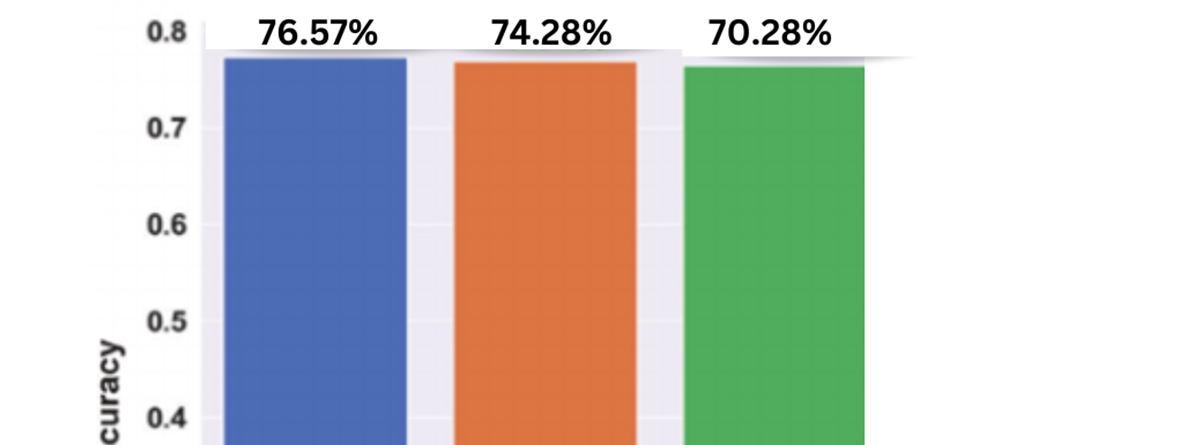
1 minute read
International Journal for Research in Applied Science & Engineering Technology (IJRASET)

ISSN: 2321-9653; IC Value: 45.98; SJ Impact Factor: 7.538
Advertisement



Volume 11 Issue III Mar 2023- Available at www.ijraset.com
ISSN: 2321-9653; IC Value: 45.98; SJ Impact Factor: 7.538

Volume 11 Issue III Mar 2023- Available at www.ijraset.com
V. CONCLUSION
In order to anticipate and diagnose liver disease at an early stage, this research exhibited several prediction algorithms. The data set displayed various input parameters that were acquired, and we verified and trained the models using those input values.The main goal of this research is to develop a chorionic liver infection diagnosis system using six unique supervised machine learning classifiers. The LR classifier provided the highest order exactness, according to our analysis of how well each classifier performed using the patient's information parameters. depending on the F1 measure, which has the lowest accuracy , to predict liver illness The future outperforms A chronic disease diagnosis and decision-support system will be offered via the classification process. In lowwage nations with a dearth of medical institutions and experts, this application may be unexpectedly profitable. There are a few implications from our study for upcoming research in this area. We have only examined a few well-known supervised machine learning algorithms; other algorithms can be chosen to build an ever-more-accurate model of liver disease prediction, and performance can be steadily enhanced. Additionally, this work is positioned to have a significant impact on both therapeutic and medical research.







